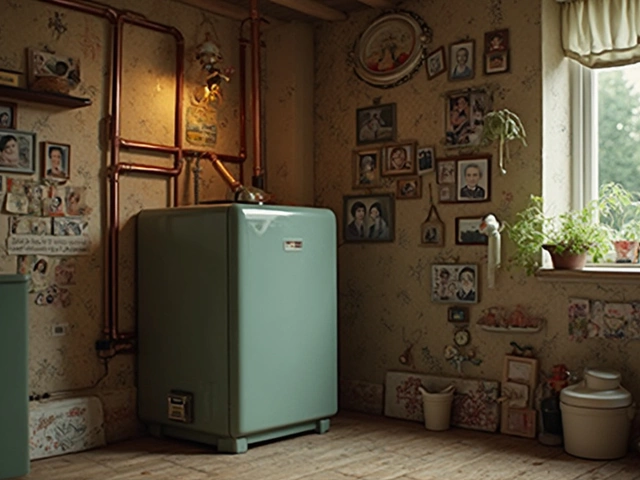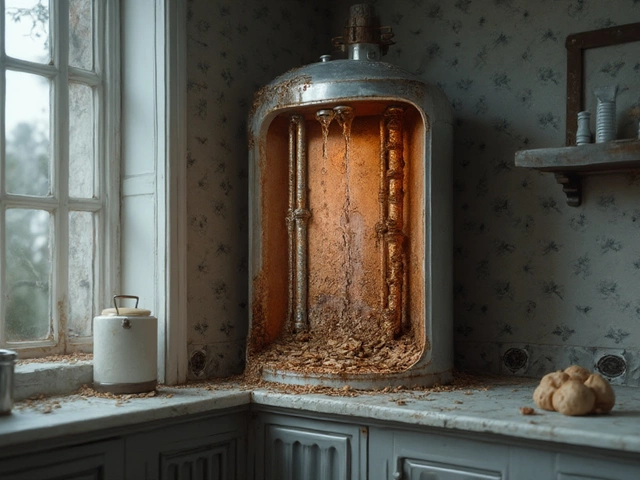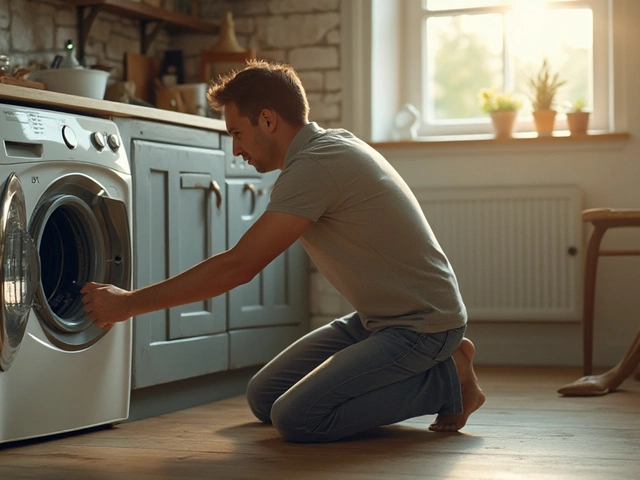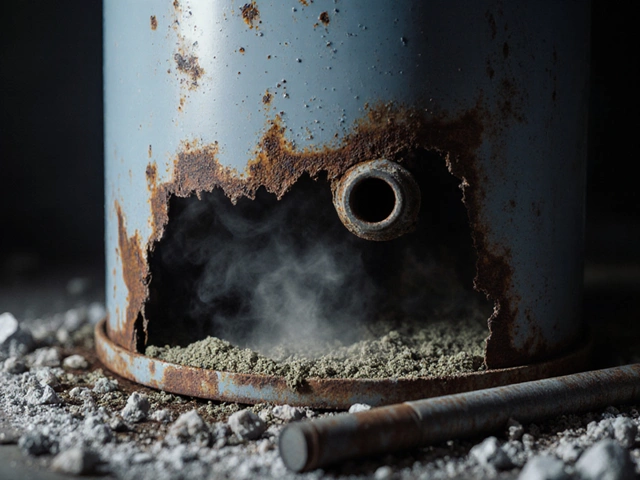Ever wondered if your air fryer is an appliance? Or if your electric toothbrush makes the cut? Most of us use the word "appliance" without a second thought, but what actually counts? It’s not as cut-and-dried as it seems. There’s a bit of nuance, and if you’re buying, renting, or just trying to fix something around your place, knowing the difference matters. There are even legal and insurance reasons why it matters what’s called an appliance and what’s just...well, a gadget.
What Exactly Makes Something an Appliance?
You see the word “appliance” in all sorts of ads and product manuals, but here’s the deal: an appliance is any device or equipment that does a specific household task using electricity, gas, or water. It’s something that helps you cook, clean, wash, or otherwise make your home life easier. Not every gizmo that plugs in is an appliance, though. Think about your laptop: it’s electronic, but you wouldn’t call it an “appliance.”
The classic appliances are things like fridges, washers, ovens, and microwaves. These are sometimes called “whitegoods” in Australia. Fun fact: In a typical Brisbane home, the fridge and washing machine use the most power out of all home appliances, according to the Australian Energy Regulator. They aren’t just big chunks of metal, either. Devices like toasters, kettles, and food processors—these are “small appliances,” but still count. Here’s a breakdown of appliances based on how the industry looks at them:
- Major appliances (whitegoods): Fridge, freezer, washing machine, clothes dryer, dishwasher, oven, cooktop, air conditioner.
- Small appliances: Kettle, toaster, blender, coffee machine, iron, vacuum cleaner.
- Specialty appliances: Wine fridges, dehumidifiers, robotic vacuums, even some air purifiers.
So what about the stuff that’s borderline? That’s where opinion splits. For example, is a TV an appliance? In Australia, most rental agreements and property management folks say no—it’s an electronic device, not an appliance. But that tablet with the home cleaning schedule on it? Definitely not an appliance. There’s the "functional" test: if it does a practical household job (cooking, cleaning, washing, cooling, heating), and it uses power or water, odds are it’s an appliance.
| Appliance Type | Examples | Average Lifespan (years) | Yearly Energy Use (kWh) |
|---|---|---|---|
| Major Appliance | Fridge, oven, dishwasher | 10-15 | 400-700 |
| Small Appliance | Kettle, toaster, blender | 3-8 | 20-60 |
| Specialty Appliance | Air purifier, wine fridge | 5-10 | 20-120 |
Ever had a real estate agent mention whitegoods included but not small appliances? That’s why knowing the difference pays. If the place only has major appliances, you might still need to tote in your own kettle and toaster!
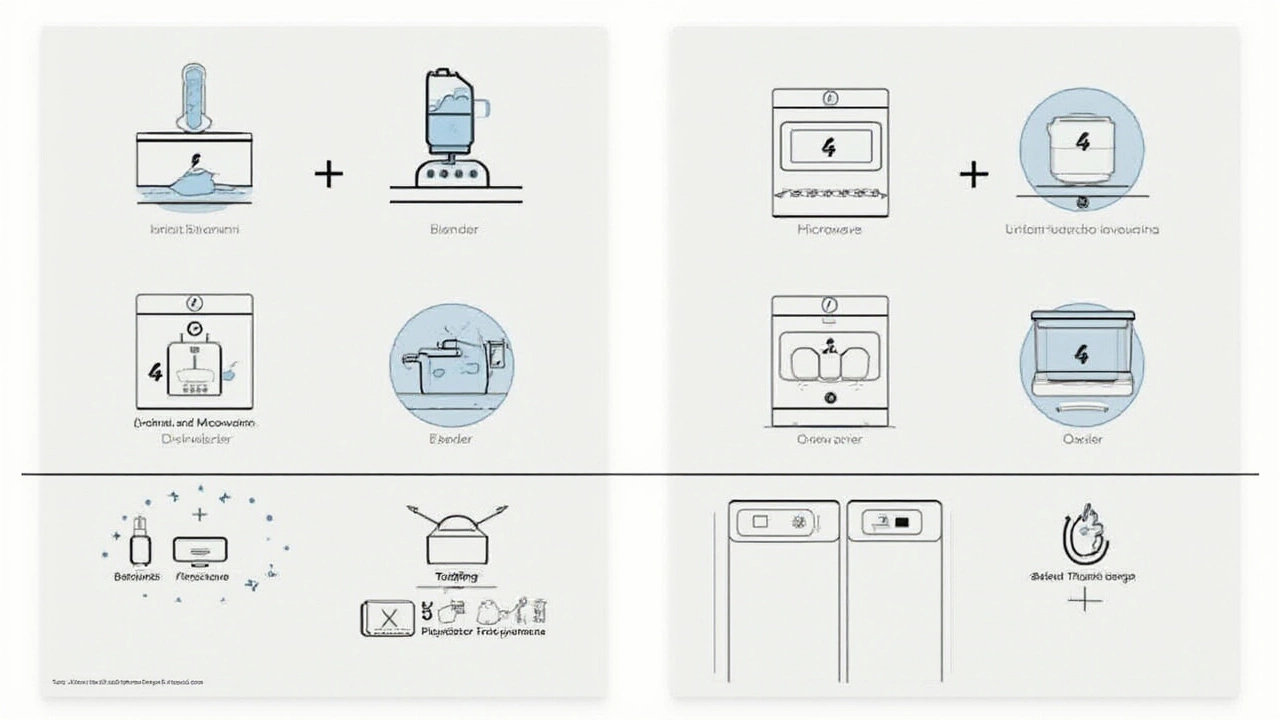
Different Types of Home Appliances—and Why They Matter
Why does the label even matter? For starters, appliances are a big chunk of your power bill and play a huge part in your daily routines. Major appliances are permanent or semi-permanent. You don’t move the oven around much, right? The washing machine is plumbed in. These are built to last and usually get used most days. Small appliances, though, are portable, a bit more affordable, and tend to retire younger—think how many kettles you’ve gone through compared to your fridge.
But the difference isn’t just about size. There are legal and insurance hooks, too. If you rent, your landlord is usually responsible for repairing or replacing major appliances provided with the property, like a busted oven or a fridge that’s died. Most small appliances, like your toaster or iron, are your problem to fix or replace. Some building insurance policies only cover fixed or major appliances. If your apartment dryer explodes (it happens), that’s covered. But if your blender fizzles out, that’s mostly on you. Watch the fine print.
Energy efficiency matters, too. Modern kitchen appliances in Australia all feature an energy star rating label—more stars means lower bills and less environmental impact. According to Choice, Australia’s consumer watchdog, a fridge with a poor rating could cost you an extra $130 per year compared to a high-rated one. Air conditioners are another biggie, sucking up loads of power in February when Brisbane turns into a sauna. If you’re on the hunt for a new appliance, always check the water rating (for dishwashers and washing machines) and the energy rating—those stickers aren’t just decoration.
- Big appliances are usually harder to install and get rid of—think removal costs, installation fees, and (sometimes) tradie visits.
- Small appliances are prone to impulse buys, but their short lifespans can leave your wallet hurting if you’re not picky.
- Appliance recycling is a real issue. Brisbane City Council collects whitegoods at the kerb, but smaller items often get tossed in landfill. For the eco-minded, check out e-waste recycling schemes like MobileMuster or bring old appliances to your local tip shop.
- Smart appliances, like Wi-Fi-enabled fridges and robot vacuums, are blurring the lines. As tech gets smarter, so does what we call an appliance—if it helps run your home, even through an app, it’s likely part of the appliance family.
Tip: If you ever get stuck on what counts as an appliance for a move, insurance claim, or rental agreement, ask yourself if it’s fixed or portable, does a work-heavy job, and uses power or water. If yes, it’s probably an appliance. If you can easily carry it in one hand and it doesn’t do a heavy-duty task, chances are it’s more gadget than appliance.
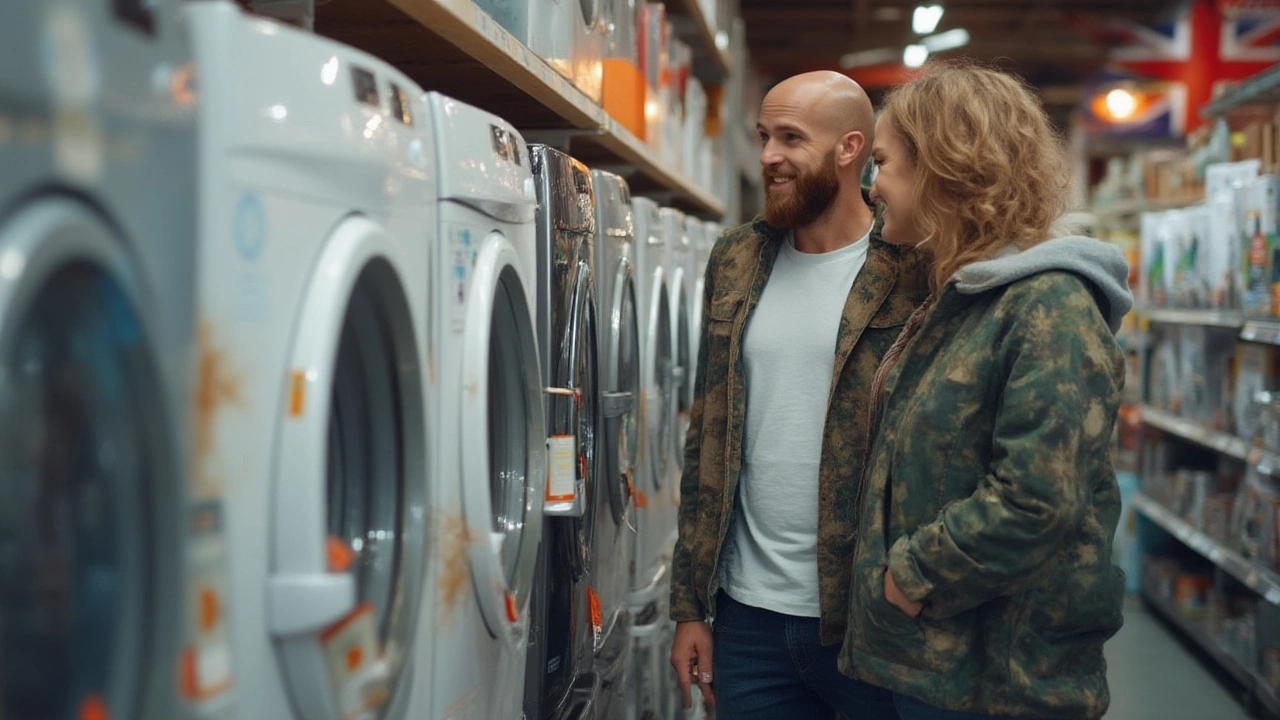
Choosing, Using, and Caring for Your Appliances
Here’s where most people can save money, energy, or at least some hassle. First things first: only buy what you really need. Marketers would have you believe everyone needs a bread maker, a multicooker, a steamer, a slow cooker, and a rice cooker—but do you need all five? Most folks I know in Brisbane end up with an appliance graveyard on top of the fridge, collecting dust. Before buying, check if another gadget you already own does the same job. Air fryers sound high-tech, but a good convection oven can often do the same thing and more.
Always look for energy and water ratings. That’s not just good for the planet; it’s good for your wallet. With bills soaring these days, picking a high-rated washing machine or fridge means real annual savings. According to the Australian Government’s YourHome guide, an efficient washing machine can use less than half the water and power of a cheap, thirsty model. Don’t forget: use cold water where possible. Hot water cycles use stacks more energy and rarely get clothes cleaner unless you’re dealing with tough stains or sick days.
Maintenance is where most people slip up. When was the last time you cleaned your dryer filter or vacuumed your fridge coils? Grime is a silent killer for appliances. Clean filters, empty food trap, and check cords for wear. Machines last longer and work better if you show them a little TLC (and you won’t get that weird burnt-toast smell every morning from the crumbs living in your toaster). Be sure to read the manual—yep, even if it’s boring. Most household accidents with appliances happen because someone used the wrong cleaner, overloaded a socket, or ignored a warning sticker.
- Place bigger appliances where there’s space for ventilation. Fridges, dryers, and microwaves all need breathing room to avoid overheating.
- Don’t overload power boards. Too many gadgets, especially heat-makers like toasters and kettles, can trip the breaker or start a fire.
- When something goes wrong, unplug before you poke around. You wouldn’t believe how many people get zapped fixing a simple issue.
- Check if appliances are in recall lists. Product recalls happen—defective cords or overheating motors do real damage every year.
- When upgrading, consider second-hand. Op shops and Gumtree are gold mines for barely used appliances, and it’s better for the landfill situation too.
Here’s a stat: In 2023, the average Aussie household owned at least 11 small appliances, up from just 7 in 2010, according to a survey from Sustainability Victoria. It’s easy to drown in gadgets, but the key is making sure your appliances aren’t just multiplying—they’re actually earning their keep.
So if you’re wondering what really counts as an appliance, it comes down to the job it does—and if it’s making your daily life smoother or just eating up bench space. Next time someone asks if your air fryer is an appliance, you can set them straight—armed with the facts, a few cheeky tips, and maybe a smile as you sip your next coffee from your not-so-essential but much-loved espresso machine.

